Introduction
Africa knows a rapid numerical growth, carried by the rise of mobile technologies and the progressive development of telecommunication infrastructure. However, the access to Internet remains inegal depending on the regions, with significative disparities in terms of penetration, cost and quality of service.
While some African metropolitan areas benefit from modern networks and connection speeds comparable to those in Europe or Asia, other regions remain highly isolated, with limited access to both mobile and fixed Internet. Improving connectivity is essential for economic development, education, and innovation across the continent.
Since the beginning on the 2010s, Africa saw the rise of new actors in the telecommunication field, and thus stimulating the competition between operator and promoting the gradual decrease in mobile Internet prices. However, despite these advancements,
many challenges remain: the high cost of infrastructure, limited coverage in rural areas, dependence on submarine cables for international access, and regulatory disparities between countries.
The role of governments and international organizations is crucial in this evolution. Incentive policies, such as reducing taxes on telecom equipment or implementing universal access programs, can accelerate the democratization of the Internet across the continent. Furthermore, the rise of alternative solutions, such as satellite Internet and community networks, offers new opportunities to connect isolated populations.
In light of this dynamic, it is essential to examine the technological advancements, economic challenges, and investment opportunities that are shaping the future of the Internet and mobile networks in Africa.
Current State of Infrastructure
Africa has made significant progress in digital infrastructure, but challenges remain in achieving widespread and equitable connectivity. Internet access mainly relies on three pillars: mobile networks (3G, 4G, and the emerging 5G), fiber-optic networks, and undersea cables connecting the continent to the rest of the world.
Rapid Expansion of Mobile Networks
Mobile telephony remains the main driver of connectivity in Africa. 4G has become widespread in urban areas, while 5G is beginning to be deployed in countries such as South Africa, Kenya, and Nigeria. However, a significant digital divide persists between urban and rural areas. The figures of Tech Africa News show that in 2023, mobile internet adoption in urban areas grew faster than in rural areas, widening the gap from 49% last year to 54%, thus returning to levels observed before the pandemic. This disparity highlights the ongoing challenges in ensuring equitable connectivity across the continent.
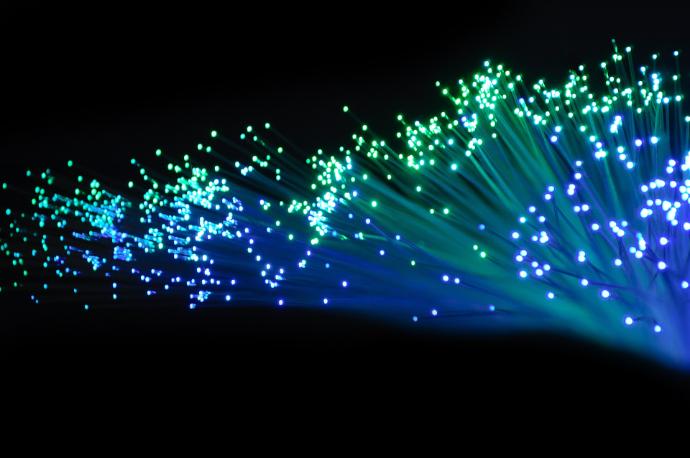
Gradual Development of Fiber Optic Networks
Fiber optic networks are experiencing notable growth, especially in major metropolitan areas. Countries like Egypt, Algeria, and Tunisia have fiber penetration rates exceeding 50%, well above the continental average of 12% recorded in mid-2023. However, access to fiber remains limited outside urban centers due to the high costs of infrastructure and maintenance.
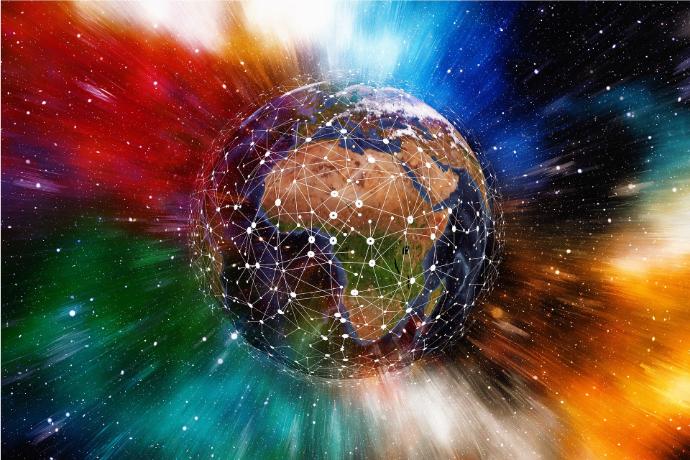
Crucial Role of Undersea Cables
Les câbles sous-marins sont essentiels pour connecter l'Afrique au reste du monde. Des projets majeurs, tels que le câble Equiano de Google et le câble 2Africa, ont été lancés pour augmenter la capacité et réduire les coûts de connexion. En 2023, le câble Equiano est devenu opérationnel dans plusieurs pays, tandis que le câble 2Africa a été débarqué avec succès dans de nombreuses régions africaines.
However, the majority of these cables land on the coasts, creating an imbalance between coastal countries, which are better connected, and landlocked nations that rely on often less efficient terrestrial connections. Intra-African interconnection remains a major challenge, as a large portion of Internet traffic still passes through Europe or the United States before being redistributed locally, which increases latency and costs.
Investments and Ongoing Challenges
Les investissements dans les infrastructures numériques en Afrique se multiplient. Des opérateurs majeurs tels que MTN, Orange, Airtel et Vodafone injectent des milliards de dollars pour améliorer leurs réseaux et étendre leur couverture. Par ailleurs, des entreprises technologiques comme Starlink proposent des solutions alternatives, telles que l'Internet par satellite, pour desservir les zones les plus isolées.
Despite these advances, the needs remain substantial. According to Union Internationale des Télécommunications (UIT), about 33% of the global population, or 2.6 billion people, remained unconnected in 2023, with a significant proportion in Africa. Beyond technical challenges, regulatory and economic barriers also slow down infrastructure deployment, making Internet access still too expensive for a large part of the population.
In summary, although Africa has made considerable progress in digital infrastructure, there is still a long way to go to achieve universal and equitable connectivity. Collaboration between governments, operators, and investors will be crucial to accelerate this digital transition and provide quality Internet access to all.
Development of Mobile Internet in Africa
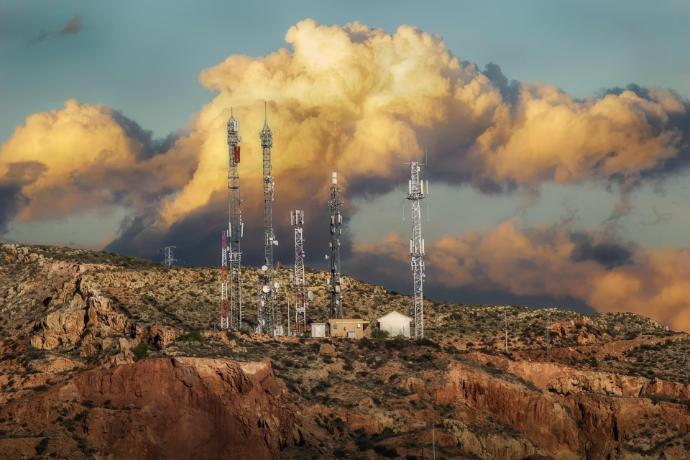
Mobile Internet is currently the main mode of connection in Africa, driven by the rise of smartphones and the expansion of mobile networks. While fixed infrastructures remain limited, the growth of 3G and 4G has nonetheless enabled millions of Africans to access digital services.
The Gradual Emergence of 5G
Several countries, such as South Africa and Nigeria, have begun deploying 5G, offering faster connection speeds and opening the door to new uses (remote work, IoT, e-health). However, this technology is still limited to a few urban centers, and its large-scale deployment is hindered by high infrastructure costs.
Rapid but Uneven Adoption
The number of mobile Internet users in Africa now exceeds 700 million, according to GSMA. However, coverage remains uneven: while countries like Kenya, Morocco, and South Africa have advanced infrastructure, others—especially in Central Africa and rural areas—still struggle to connect. 3G still dominates the market, although 4G is gaining ground in major cities.
Persistent Challenges
Despite the decrease in data costs, access to mobile Internet remains a major challenge, particularly due to the still high prices of plans in some countries. Furthermore, coverage in rural areas remains insufficient or even nonexistent, thus creating white zones and hindering digital inclusion. Initiatives like DataCup, which offers offline access to digital content, aim to address these gaps.
A promising future
With increasing investments in infrastructure and the decreasing cost of smartphones, mobile Internet in Africa is expected to continue growing rapidly. The widespread adoption of 4G and the gradual rollout of 5G will improve connectivity and accelerate the continent’s digital transformation.
Rapid Growth in Content Consumption
With the improvement of infrastructure and the gradual decrease in costs, digital content consumption is booming. Streaming videos now account for the majority of Internet traffic in Africa, driving increased demand for bandwidth. In South Africa, for example, video represented 45.2% of data consumption in 2023. This trend is also supported by the emergence of local and international platforms offering content in African languages, tailored to the cultural and economic realities of the continent.
Competition Among Operators: A Changing Market
For the past decade, the African telecommunications market has experienced a gradual intensification of competition. Long dominated by a limited number of established players, the sector has seen the gradual entry of new operators, fostering a competitive dynamic that benefits both consumers and local economies.
The Main Market Players
Today, four big players share a huge part of the african mobil market: MTN, Orange, Vodafone (via Safaricom and Vodacom) and Airtel Africa. By themselves, they cover almost 70% of mobil followers of the continent, according to the last datas of the GSMA. As an example, MTN has more than 290 million followers across 19 african countries, whereas Airtel Africa exceed 150 million followers in 14 countries, mostly in Eastern and Western Africa.
Intensification of Local Competition
The simultaneous presence of multiple operators in the same country—sometimes up to four or five—has led to a significant decrease in data costs. In sub-Saharan Africa, the average price per gigabyte dropped to $2.73 in 2023, down from $4.47 four years earlier, according to the findings of Bestbroad Banddeals. Countries like Ghana, Nigeria, and Kenya have seen prices adjust quickly in response to competing offers, which also stimulates innovation in service delivery.
Impact on Prices and Accessibility
This price variability can be explained by several factors:
- the cost of infrastructures
- the competition between operators
- the local fiscality
- the governments capacity to regulate the market
In countries where mobile Internet is more affordable, there is broader adoption and stronger growth in the digital market. However, this competition goes beyond price wars. It also drives operators to invest more in network quality, expand 4G coverage, and test 5G in promising markets such as South Africa, Kenya, and Morocco. For example, Orange launched its first 5G trials in Senegal and Côte d’Ivoire as early as 2022.
Results in Innovation and Service Quality
Beyond multinational companies, a new wave of alternative or regional operators is helping diversify the market by targeting specific segments such as rural access, prepaid services, and integrated digital services (mobile payments, local content, cloud services, etc.).
Digital Content Consumption: A Rapidly Growing Trend
The rise of digital technology in Africa is not limited to the growth of infrastructure or the expansion of mobile connectivity. It is also reflected in user behavior. Indeed, the consumption of digital content, especially online videos, is experiencing spectacular growth. This trend is driven both by improvements in network quality and by the increasing demand from African users, who are becoming more and more connected.
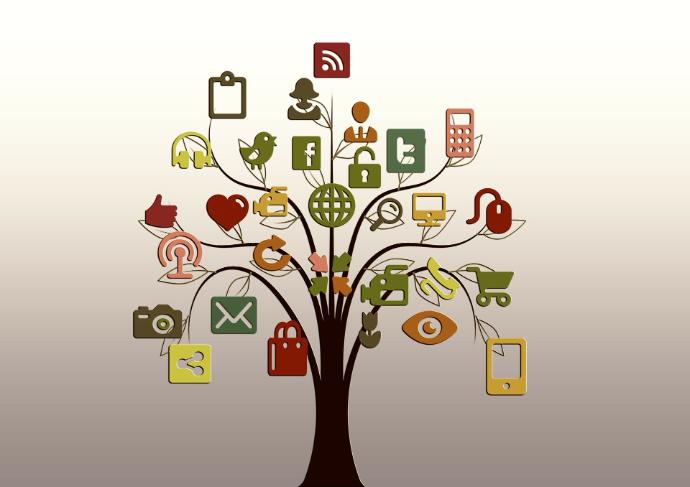
The Surge in Usage, Especially Video
Platforms like YouTube, Facebook, TikTok, and WhatsApp are consuming an increasing share of mobile Internet traffic across the continent. In South Africa, for example, video content now accounts for over 60% of data traffic, according to the latest analyses from Sandvine. A similar trend is observed in Nigeria, Morocco, and Côte d’Ivoire, where younger generations increasingly favor videos for entertainment, information, and education.
This transformation aligns with another market reality: the majority of Africans access the Internet through their mobile phones, making connection speed and service quality essential for these bandwidth-intensive uses. However, in some regions, the lack of fiber optic infrastructure or network congestion slows down smooth content streaming.
The Influence of Social Networks and Messaging Apps
Social networks and messaging apps have become indispensable in Africa. In 2024, 277 million people on the continent were active on social media, representing about 25% of the population. Facebook, Instagram, and WhatsApp dominate, facilitating not only social interactions but also access to information and commerce.
For example, in Nigeria, over 40 million people use Facebook, and in Morocco, WhatsApp has nearly 20 million users. Instant messaging apps like WhatsApp and Telegram are especially popular in North Africa, with more than 52% of smartphone users in Egypt using them regularly. This growth is driving the development of new digital services such as mobile payments and e-commerce.
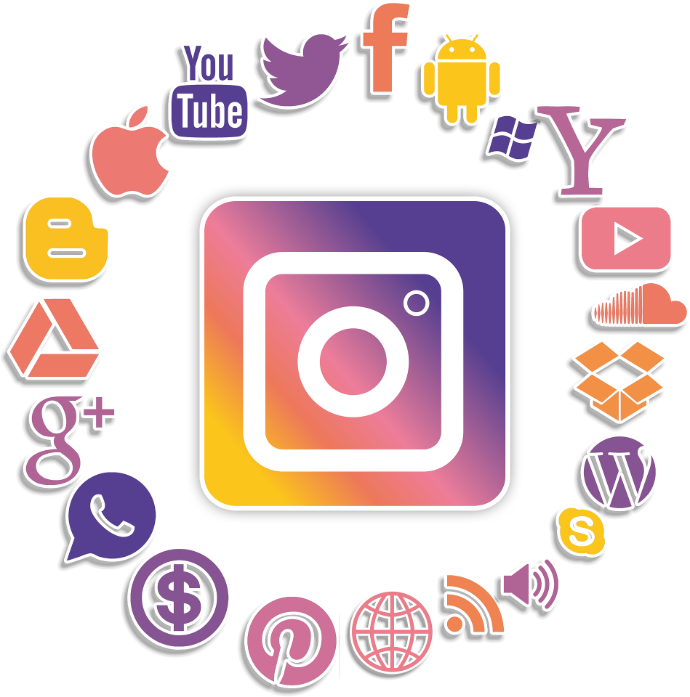
An Opportunity for Access to Knowledge
Beyond entertainment, the consumption of digital content also opens up opportunities in education and training. Platforms such as Khan Academy, Coursera, ou des services plus locaux comme Kolibri permettent d’apporter un accès à des savoirs dans des zones où la connexion Internet est encore fragile ou intermittente.
It is exactly in this dynamic that solutions like DataCup fit. It is precisely within this dynamic that solutions offering offline access to educational, cultural, and scientific resources—without relying on a network—play a crucial role. They address both connectivity needs and the development of local content, which is essential to reach all segments of the population.
Challenges and opportunities
The mobile Internet market in Africa is rapidly expanding but faces numerous challenges. At the same time, significant opportunities are emerging for both operators and investors. Understanding these issues is essential to grasp the current landscape of telecommunications in Africa.
Challenges in terms of connectivity infrastructure
Africa, a vast and diverse continent, faces delays in deploying the infrastructure needed for quality mobile connectivity. While major cities benefit from 4G networks, coverage remains insufficient in rural areas. The lack of robust infrastructure, such as fiber optic cables and submarine cables, hampers access to stable and fast Internet. This infrastructure gap affects mobile Internet penetration and connection speeds in many regions, particularly in sub-Saharan Africa.
The high cost of data services
In Africa, the cost of mobile Internet is a major barrier to its development. Despite increasing competition among operators, data prices remain relatively high, especially in countries like Togo or Botswana, where rates can exceed \$10 per gigabyte. Compared to other regions such as Europe or Asia, data prices in Africa remain high relative to average incomes, limiting Internet access for a large portion of the population. Although prices have decreased in recent years thanks to competition among operators like MTN, Orange, and Airtel, many Africans still lack affordable and reliable Internet access.
Investment and innovation opportunities
Despite these challenges, the African telecommunications market presents significant growth opportunities. The demand for digital services, especially online content, video streaming, and messaging services, is rapidly increasing. Telecom operators have the chance to diversify by offering additional services in sectors such as mobile health, digital education, and mobile payments, all of which are experiencing rapid growth across the continent. The expansion of 5G in certain regions could further drive innovation by enabling higher connection speeds and more advanced digital applications.
Impact of Policy and Government Stability
Government policy plays a key role in the development of the telecommunications sector in Africa. In countries like Morocco, Rwanda, and Kenya, government initiatives to improve Internet access and reduce costs have yielded positive results, with investments in infrastructure and the implementation of policies that support the expansion of mobile networks. Conversely, in some countries affected by conflict or political instability, investments in telecommunications infrastructure are limited, hindering the population’s access to fast and reliable Internet.
Economic potential of the numerical
The digital sector in Africa serves as a catalyst for the economy. By facilitating access to the Internet and mobile services, telecom operators are opening new avenues for financial inclusion. Services like M-Pesa in Kenya have revolutionized the payments sector by providing an alternative to traditional banking systems. The rise of e-commerce and digital services has also enabled millions of Africans to access goods and services that were previously out of reach. Mobile Internet thus represents not only a driver of development but also a growth engine for local economies.
Conclusion: Challenges and Prospects for the Future of Mobile Internet in Africa
The development of mobile Internet in Africa presents both significant challenges and real opportunities. Despite considerable progress in expanding 4G coverage and launching 5G, many areas still suffer from limited coverage and high prices. However, investments in fiber optic infrastructure and submarine networks hold great promise for the future.
The market, although dominated by giants like MTN, Orange, and Airtel, benefits from the arrival of new players and falling data prices, paving the way for greater digital inclusion. However, political stability and government policies play a crucial role in ensuring better accessibility.
Africa has enormous potential in the digital sector, and if the obstacles are overcome, it could provide new opportunities in education, healthcare, and financial inclusion, thereby contributing to its overall economic development.
The development of mobile Internet in Africa faces major challenges, including limited access and high prices, but also presents opportunities through investments in infrastructure and decreasing costs. With increased competition and the arrival of new players, the African digital market can grow rapidly, offering new prospects for inclusion and economic development across the continent.